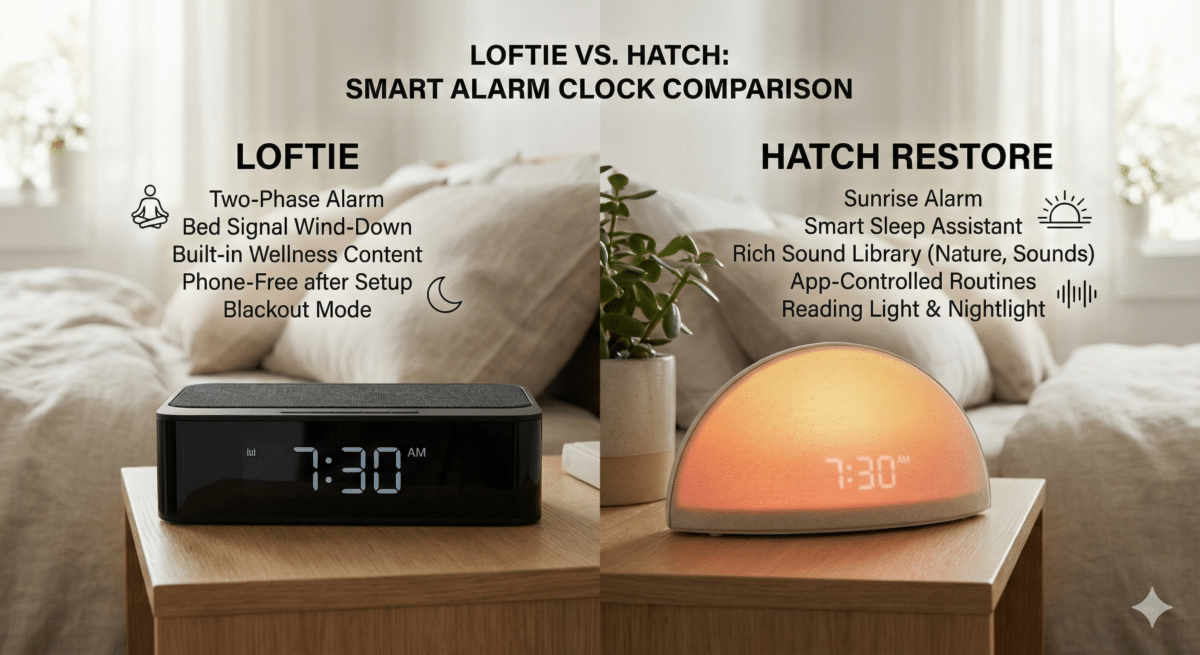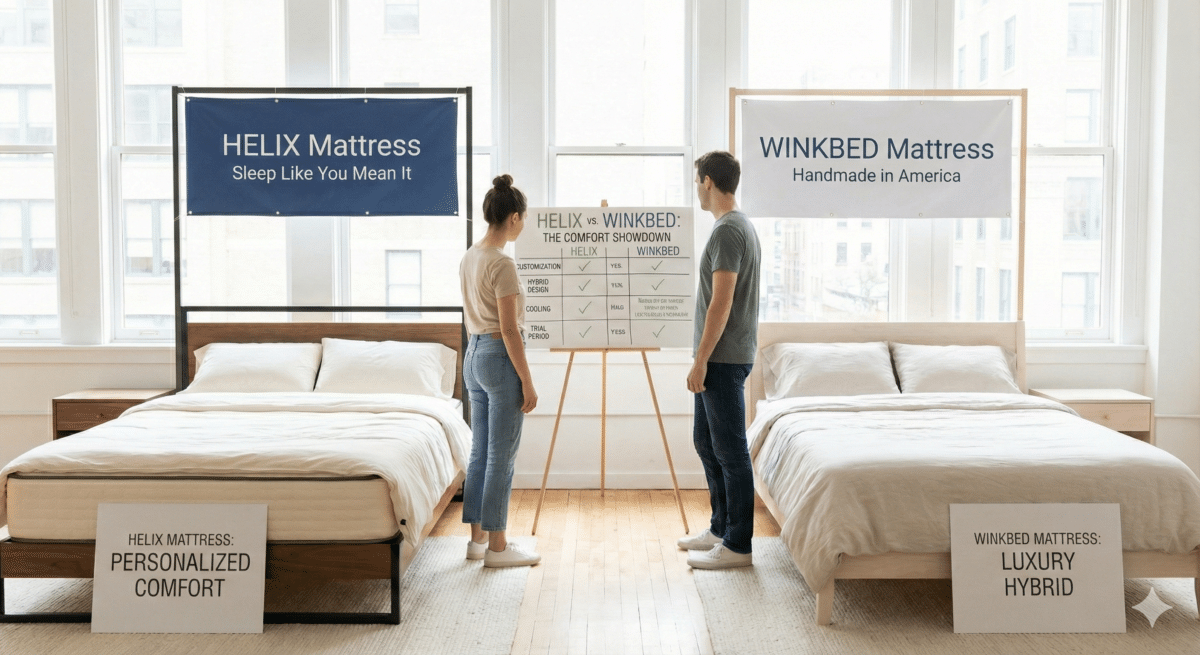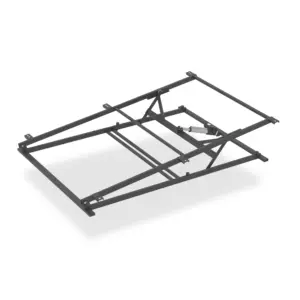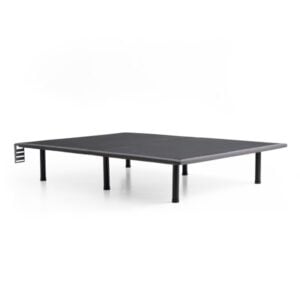Arm Placement Tips for Side Sleepers: Sleep Comfortably All Night
The Importance of Sleep and Side Sleeping
Finding the perfect arm placement when sleeping on your side is a common concern for many individuals. This seemingly simple aspect of sleep can significantly impact your comfort and overall sleep quality. So, where should you put your arms?
– Position your bottom arm parallel to your torso or extend it forward.
– Rest your top arm over a pillow to alleviate shoulder strain.
– Avoid tucking your arms beneath your body to prevent numbness.
– Consider a body pillow for added support.
Sleep is as essential for your health as balanced nutrition and regular exercise. Experts recommend roughly eight hours of quality sleep each night to help the body rejuvenate. The more restful your sleep is, the more energized and refreshed you feel to tackle the day ahead.
Side sleeping, in particular, is the most popular position, offering several health benefits. It may help reduce snoring, enhance digestion, and even assist your brain in clearing out waste. However, many side sleepers grapple with finding a comfortable positioning for their arms, which can lead to discomfort and aching.
As someone who experienced sleep challenges earlier in life, I—Ben Trapskin, creator of Yawnder—have dedicated years to researching ways to improve sleep quality, both for myself and others. Let’s explore effective tips for ensuring a restful night on your side.
Benefits of Side Sleeping
Side sleeping is not just a mere preference; it brings along a multitude of health benefits that can improve both your sleep quality and general well-being.
Reduced Snoring
Sleeping on your side can help maintain open airways, significantly reducing snoring and mitigating the symptoms of sleep apnea. By sleeping on your back, gravity often triggers the soft tissue in your throat to collapse, obstructing airflow. In contrast, side sleeping keeps these tissues in position, allowing for easier breathing.
“Side sleeping encourages open airways by preventing the collapse of soft tissue at the back of your throat—a common issue for back sleepers,” states a study published in the Journal of Neuroscience.
Improved Digestion
Opting for side sleeping—particularly on your left side—can promote better digestion. This position helps gravity assist in moving waste through your intestines and can minimize acid reflux symptoms.
“Left-side sleeping may facilitate digestion and potentially alleviate issues like heartburn and acid reflux,” according to the National Sleep Foundation.
Enhanced Brain Health
Your brain is equipped with a unique cleaning system known as the glymphatic system, which works more efficiently during sleep to expel waste products. Studies indicate that side sleeping optimizes this process, thereby reducing the risk of brain diseases such as Alzheimer’s.
Research from the Journal of Neuroscience reveals that side sleeping enhances brain waste clearance, promoting optimal brain health.
Alleviation of Back Pain
For individuals grappling with back pain, side sleeping can provide relief by helping keep your spine aligned and reducing pressure on your back. Using a pillow between your knees can further support your spine’s alignment.
“If you suffer from daytime back pain, your sleep position may significantly contribute,” highlights PhysioMed. “Side sleeping is a favorable alternative to back sleeping for many.”
Sleep Apnea Management
Untreated sleep apnea poses serious health risks; however, side sleeping offers a straightforward method to manage this condition by keeping the airway unobstructed. Healthcare providers often recommend this position alongside CPAP therapy for improved results.
“Side sleeping can reduce obstructive sleep apnea, characterized by periods where breathing slows or stops during sleep,” observes the Sleep Disorders Center at Providence St. Joseph Hospital.
Now that we’re aware of the numerous advantages of side sleeping, let’s examine common arm positioning challenges and how to address them.
Common Challenges with Side Sleeping
While side sleeping boasts impressive benefits, several issues may arise. Here’s how to help alleviate these common challenges:
Shoulder Pain
Shoulder pain is among the most frequent complaints from side sleepers, often due to pressure on the shoulder that is tucked underneath the body. A study by Yawnder revealed that 42% of side sleepers report experiencing shoulder discomfort.
Solution: Opt for a mattress designed with special features like the SONU Sleep System, which incorporates a Comfort Channel to relieve pressure around your shoulder and arm, fostering a more comfortable sleeping experience.
Arm Numbness
Paresthesia, or the sensation of numbness, often occurs among side sleepers due to improper arm placement, leading to nerve compression.
Solution: Avoid positions that stretch your arms overhead or fold them under a pillow. Instead, engage a hugging posture with a pillow or use a body pillow to maintain comfortable arm positioning.
Spine Misalignment
Misalignment of the spine can result in discomfort and poor posture. Poor mattress support can cause your spine to fall out of alignment.
Solution: Invest in a mattress tailored for side sleepers, such as a memory foam or latex mattress. These types contour effectively while ensuring spinal alignment.
Heart Conditions
Individuals with pre-existing heart conditions may find sleeping on the left side uncomfortable due to increased pressure on the heart.
Solution: If you have a heart condition, consider sleeping on your right side to alleviate pressure, aiding in stabilizing blood pressure and heart rhythm.
Skin Issues
Acne can emerge for side sleepers who neglect changing their pillowcases regularly. Natural oils from your skin can accumulate, potentially triggering breakouts.
Solution: Regularly change your pillowcase and cleanse your face thoroughly before bed. Opt for silk or satin pillowcases, as they minimize friction on your skin.
With these challenges addressed, let’s explore optimal arm placement strategies for side sleepers.
Ideal Arm Placement for Side Sleeping
Proper arm positioning significantly enhances your comfort level while sleeping on your side. Here’s how to approach arm placement within different sleeping styles.
The Fetal Position
The fetal position is a favorite among side sleepers.
Arm Placement: Keep your arms slightly bent in front of you, with your hands close to your face—not tucked underneath your pillow. This minimizes the chance of nerve compression, allowing you to rest comfortably.
Shoulder Support: Ensure your shoulder isn’t bearing excessive weight. Using a firm pillow for head and neck support helps keep your spine aligned.
Mattress Choice: A medium-firm mattress is ideal, providing the right level of support while cradling your shoulders and hips.
The Log Position
In the log position, you lie straight on your side, one arm resting at your side and the other extended slightly forward.
Arm Placement: Keep the arm along your side straight while the other remains extended—not overly far in front. This setup enhances spinal alignment.
Shoulder Support: A thick pillow supporting your neck keeps the head in alignment with the spine.
The Yearner Position
For those who prefer the yearner position, lying on your side with both arms extended outward offers unique benefits.
Arm Placement: Straighten your arms in front of you to maintain spinal alignment.
Shoulder Support: Use a firm pillow for adequate head and neck support, which helps prevent shoulder strain.
Tips for Effective Arm Placement
Hugging a Pillow
This simple technique can significantly enhance comfort for side sleepers. It supports your upper arm and prevents pressure on your shoulder, resembling a cozy embrace.
Utilizing a Body Pillow
Body pillows offer robust support for your arms, legs, and back. Drape your arm over the pillow to avoid awkward positions that could lead to pain.
Keeping Arms Below Face level
Positioning your arms below your face is essential. Placing them above your head can restrict blood flow and lead to numbness.
Avoiding Arm Under Pillow
While you might be tempted to tuck your arm under your pillow, this position can pinch nerves. Instead, use a firm pillow that supports your head and neck without requiring your arm to be underneath.
Choosing the Right Mattress and Pillow
Selecting the right mattress and pillow is essential for side sleepers to minimize discomfort and ensure proper alignment.
Ideal Mattress
A medium-firm mattress typically serves as the best choice for side sleepers, as it offers the necessary balance between support and cushioning without causing pressure points.
Optimal Pillow
A firm pillow is crucial for maintaining proper neck and spine alignment. It should effectively fill the gap between your neck and the mattress for optimal positioning.
Conclusion
Achieving a restful night can be significantly influenced by correct arm placement for side sleepers. By avoiding common pitfalls and utilizing helpful tools like body pillows, you can minimize strain and wake up revitalized.
At Yawnder, we offer recommendations such as the SONU Sleep System, which features a unique Comfort Channel to provide unparalleled support for your arms and shoulders. Proper mattress and pillow choices, along with effective arm placement strategies, lay the foundation for quality sleep.
Transform your sleep experience by adopting these guidelines, and discover the significance of comfort for improving your well-being. Sweet dreams await!


















